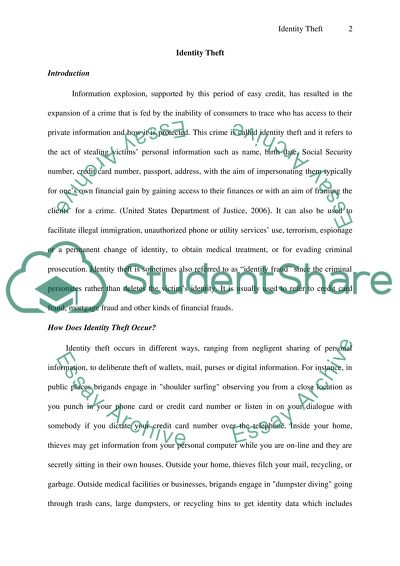Cite this document
(“Identity Theft Essay Example | Topics and Well Written Essays - 2000 words”, n.d.)
Retrieved from https://studentshare.org/miscellaneous/1537411-identity-theft
Retrieved from https://studentshare.org/miscellaneous/1537411-identity-theft
(Identity Theft Essay Example | Topics and Well Written Essays - 2000 Words)
https://studentshare.org/miscellaneous/1537411-identity-theft.
https://studentshare.org/miscellaneous/1537411-identity-theft.
“Identity Theft Essay Example | Topics and Well Written Essays - 2000 Words”, n.d. https://studentshare.org/miscellaneous/1537411-identity-theft.


